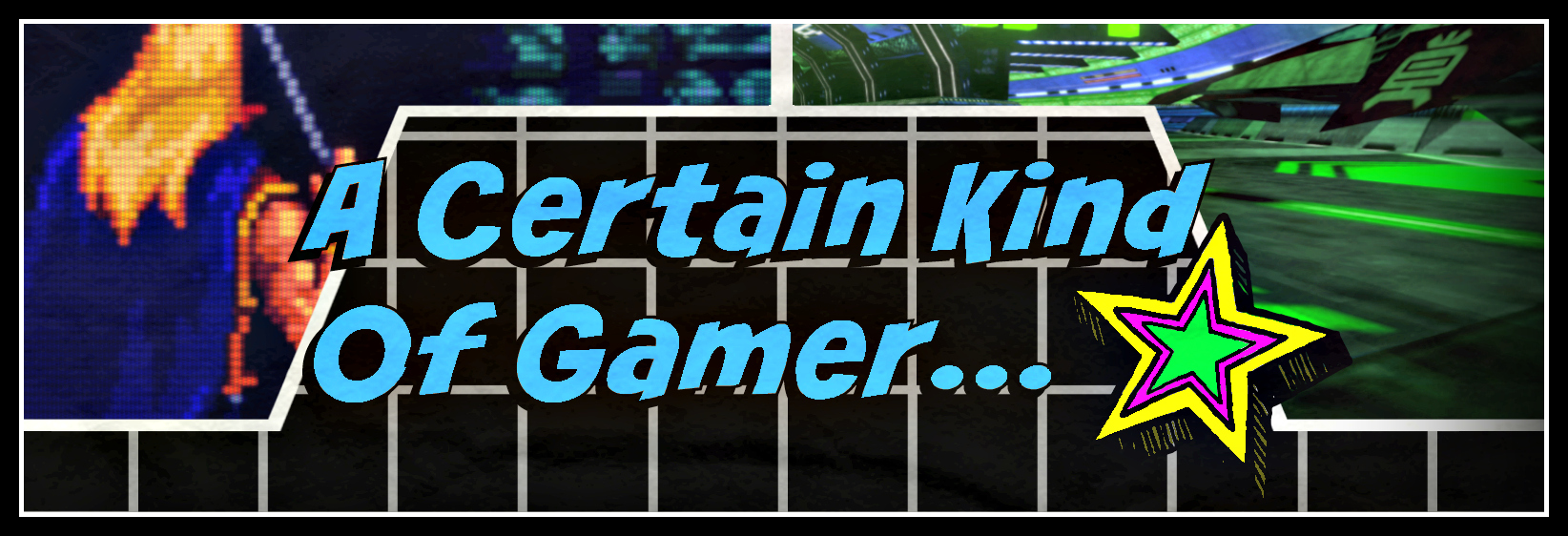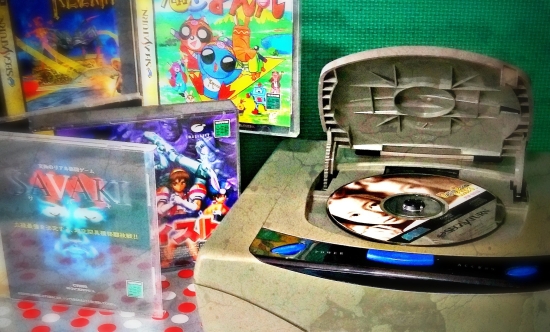
The SEGA Saturn is my most beloved console, this I’m sure you already know. It had my back against that filthy Sony Playstation – coz schoolyard gaming politics – and I still own my childhood Model 2.
I picked up a second unit many years ago, settling on a nice Japanese Model 1 unit that whilst a bit yellow these days, runs anything I throw at it. And with that purchase, the Japanese library opened up to me like the prettiest flower I’d ever seen.
All of the games that I could only dream about as a youngster were finally within my grasp…
… and I made the most of it.
If you’ve spent any time at all looking into the numerous Japanese Saturn exclusives, then you will know just how deep this particular rabbit hole goes.
Here’s some lesser known, and in some cases downright obscure Japanese imports that have, over the years found their way into my collection.
Some are great! Some are not. CHECK IT.
*SIDE NOTE – all the games featured are from my physical copies from my own collection, but I grabbed the screens using the SSF emulator. I’ve since hooked up my XRGB-Mini Framemeister, so any future Saturn content will feature screen grabs taken from real hardware.
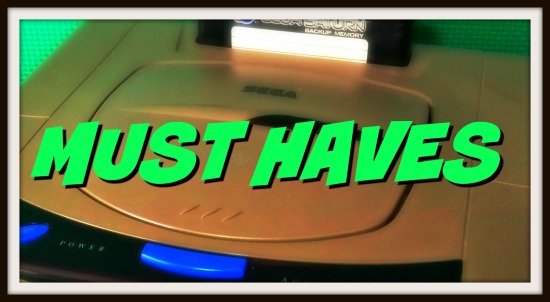
GALE RACER
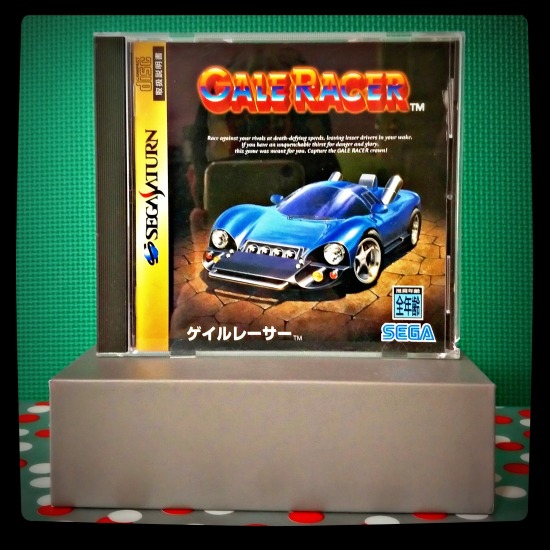
Gale Racer is one of my faves. Based on SEGA’s Super-Scaler arcade racer Rad Mobile, it’s essentially a first-person OutRun without the route choices and drifting.
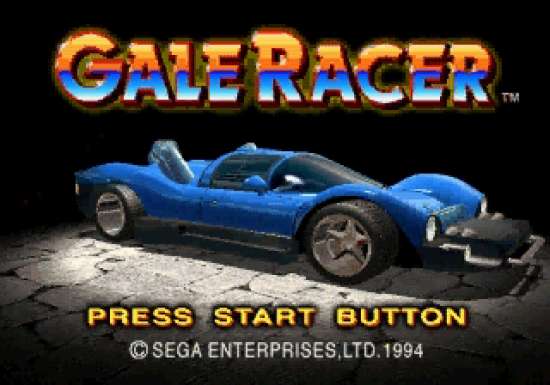
You start at one point of the country, and make your way to the other. So far, so Out Run.
Where this one deviates a bit is that it’s not really about the driving at all. In fact, the controls aren’t that great, at least in regards to those 32-bit driving feels. It basically just boils down to getting from here to there, and avoiding ALL THE TRAFFIC.
Sounds pretty boring, eh?
For some, yes, but for me it’s comfort food. Something I can grab off the shelf and lesiurely cruise through when the mood takes me. I need games like that.
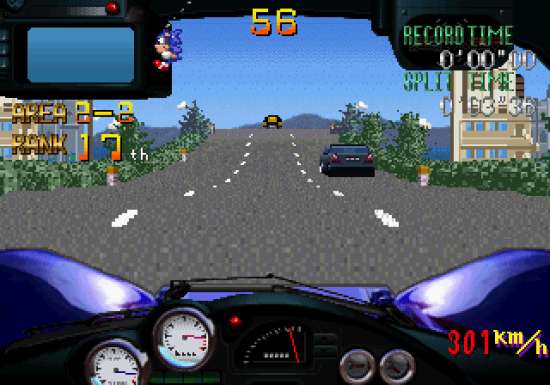
Gale Racer doesn’t look like much chop, but is more than the sum of its parts. I could critique it to high hell, but I’ll never find it in my heart to chastise it too much.
The scenery is all scaled sprites very much in the vein of Power Drift, where the even the roads look kinda log-ish. The Saturn version here gets an upgrade in the form of 3D vehicles, but that’s about where it ends – there are compromises a-plenty.
The game now runs at 30fps, instead of the 60fps refresh that Rad Mobile posessed in the arcades. Plenty playable though, and it’s a consistent 30fps, which is fine.
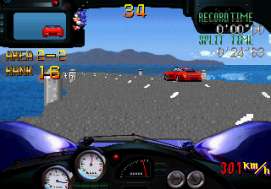
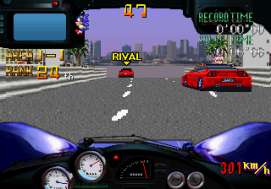
Elsewhere, the sound effects are boomy and the music is ripped straight from the arcade. I’m not kidding when I say that Gale Racer contains some of SEGA’s best tunes. Don’t believe me? CHECK THIS OUT RIGHT HERE.
Gale Racer is not a perfect game, and one could argue that it’s not even all that great a port of the old Rad Mobile. There’s loading screens now, which kills the flow a bit, but once you’ve come to terms with that, there’s plenty of fun to be had.
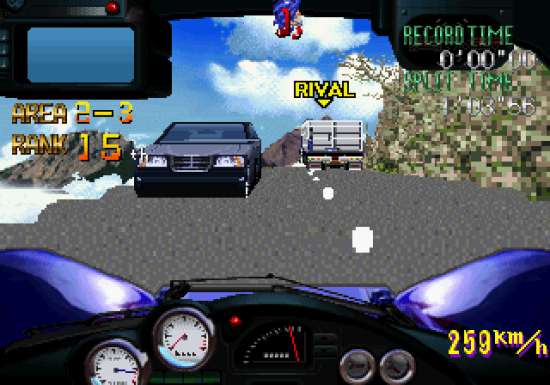
It won’t be for everyone, but I figure if you’re reading A Certain Kind of Gamer, then there’s a slight chance you’re probably not everyone.
Call it a hunch.
SAVAKI
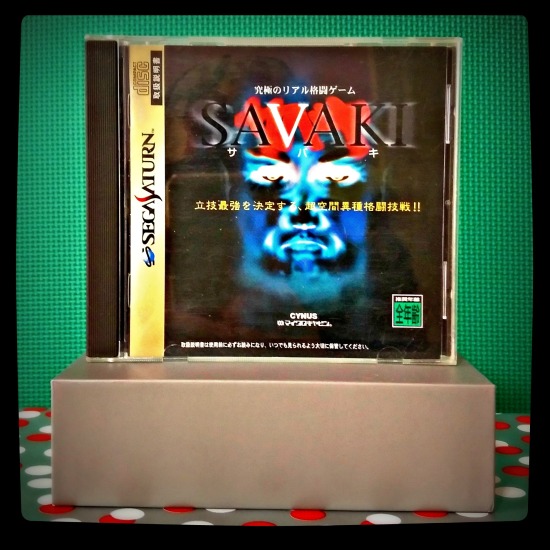
A user over at the SEGA Saturn UK Forums turned me on to this one. Savaki is a super obscure 1-on-1 fighter that never left Japan. You pick a discipline – none of the fighters have names – and away you go!
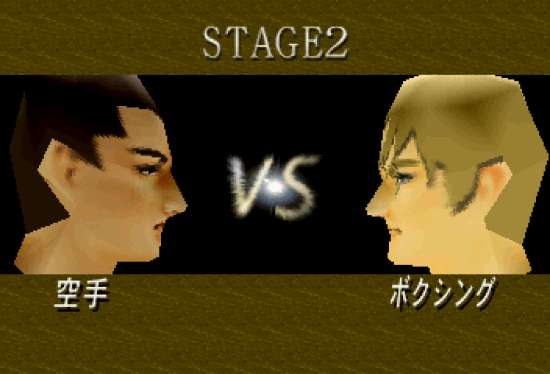
I love fighting games, but I’m really bad at them. I’ve tried so hard to ‘git gud’, but fail every single time. Making split-second decisions isn’t exactly my forte, so even attempting to dial a combo in the midst of a pummeling does my head in.
I’m probably exaggerating a bit.
Enter Savaki.
Here’s a game with oodles of depth, and not a quarter circle in sight! The controls are dead simple – you’ve got punch, kick and counter (which the game calls Savaki) buttons along with a feint punch and feint kick. To guard, you just hold back. All your moves are high, medium and low variants of your basic punches and kicks. To do combos, you just chain them together – there’s no fancy button combos to remember in Savaki – go with your gut! Coax your opponents into striking by making use of a feint attack, and BOOM – they’re suddenly a lot more vulnerable to your combos.
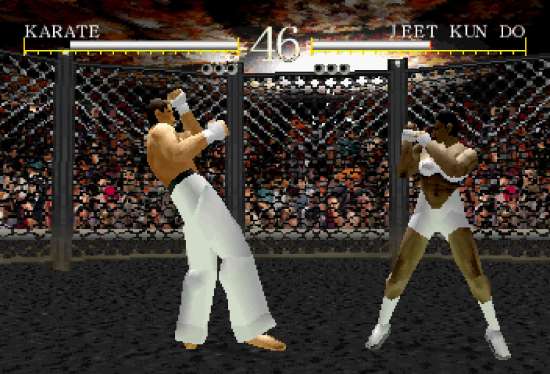
I love this design philosophy so, so much. You’d think it would be button-mashy, but you’d be wrong. It’s all instinct. You won’t be able to combo if you don’t think about what you’re doing, but it’s not hard to grow and get better. Once you’re at a comfortable level of play – I’m talking a matter of minutes, maybe an hour for each discipline – then Savaki shows you that it’s got the flow. Attacks that felt a little stiff and awkward in the beginning now start to feel smooth and fluid. It’s a very natural learning curve.
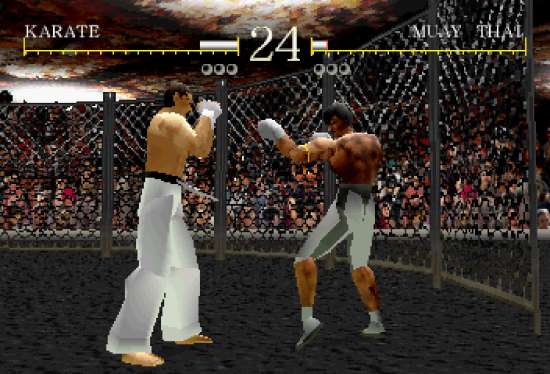
Visually, Savaki is stunning. And if you’ve caught all the screenshots I’ve chucked in here, then I’m sure you’ll agree. But I really hope you dig the look of that one stage, because it’s the only one you’ll be fighting on. Yep – there’s only one stage. Granted, it’s rather pretty, and I love the gritty textures and atmosphere, but more would have been nice. I’d have loved to have seen some colour change-ups – a palette swap here and there would have done wonders for the overall experience. Other than that, the characters are nicely detailed, the lighting is fabulous, it’s 60fps all the way, and the music kicks ass in the way that only 90s Redbook audio can.
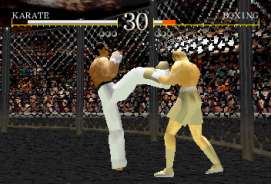
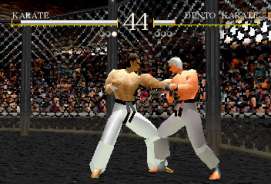
Still, it says a lot about the gameplay in Savaki that I stopped caring about the lack of variety after only one run through the Arcade mode.
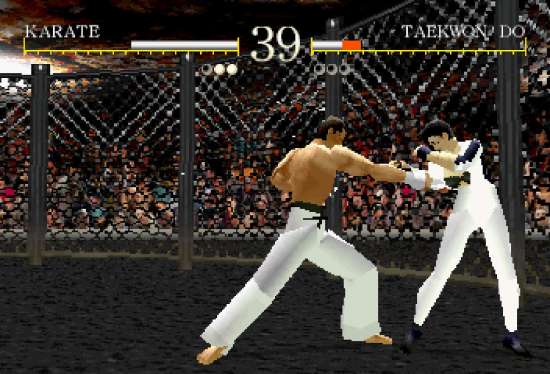
The production values aren’t the highest I’ve ever seen, but if you’re down for a fighter that will reward you time and time again, you really can’t go past Savaki. Obscure as hell, but it’s got it where it counts.
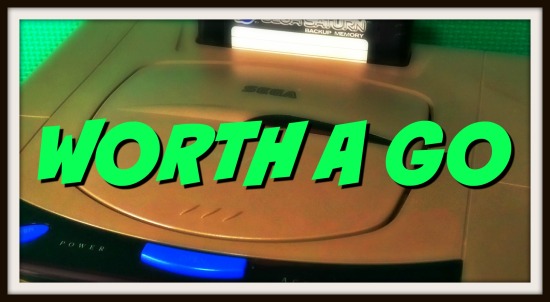
NINPEN MANMARU
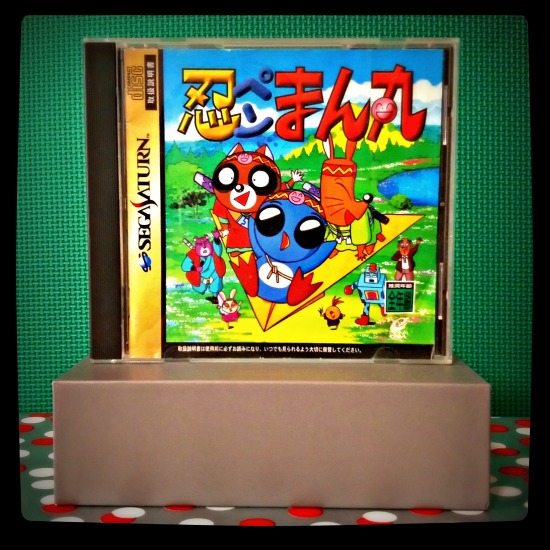
I am very lucky to own this game. It was a total fluke, too! Thanks to yet another member of the SEGA Saturn UK Forums, I managed to snag this for $30 AU on Ebay. If you keep up with Saturn prices at all, you’ll know that Ninpen Manmaru has shot up in price. It’s not unusual to see it actually sell for $150-200 US. And while I wouldn’t advise paying that kind of money for it (it’s not amazing by any stretch of the imagination), for the $30 I paid? Good stuff!
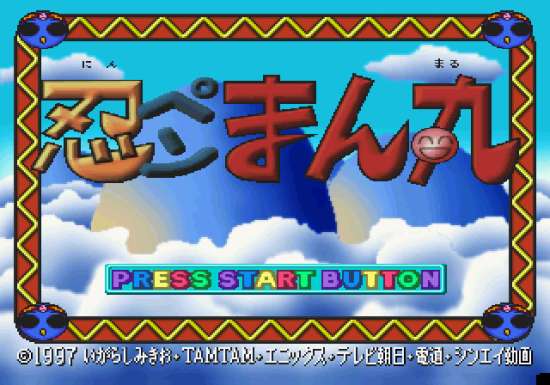
Ninpen Manmaru is a 3D Platform game, with each stage being a race to the exit. Some are a slog to the top, with lots of climbing and platform-hopping, and others are more like obstacle courses – it’s pretty entertaining stuff. It actually reminds me a little of the Jumping Flash series, but with more colour and no shooting action. There’s some boss battles in there too, but most of these are a race to see who can collect the most coins.
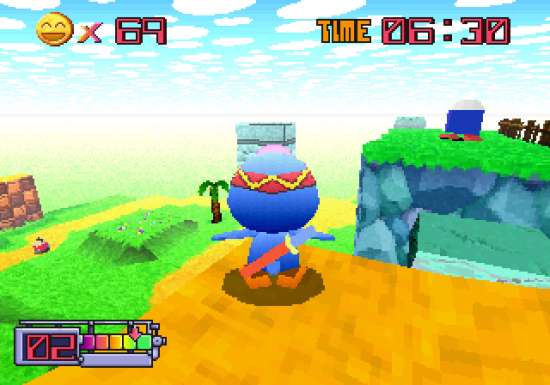
Looks awesome, huh? Well, it can be, yeeeeep! Still, that enjoyment is completely dependent on how tolerant you are to oddball control schemes.
How do you feel when I say the words ‘tank controls’?
If you feel a tingling in your nether-regions, then great! You may love the game just as much as I do!
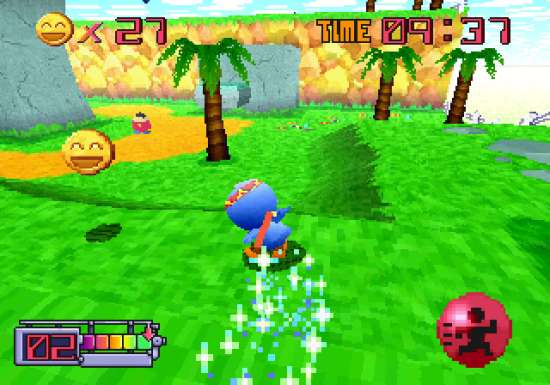
But if your first instinct is to grab a lighter and a can of deodorant, then stay far, far away from Ninpen Manmaru – I guarantee you’ll find the platforming extremely unpleasant.
Hate tank controls? Give this a pass.
I really don’t have an issue with it myself. I love, say, the original Tomb Raider – tank controls and all. I find them precise and predictable, and it forces you to think about just how you’re going to tackle that jump, approach that section of the terrain. Ninpen is much the same in that regard. There’s no fall damage here, but you are going to have to climb your way back up to the top from the bottom all over again – within the time limit.
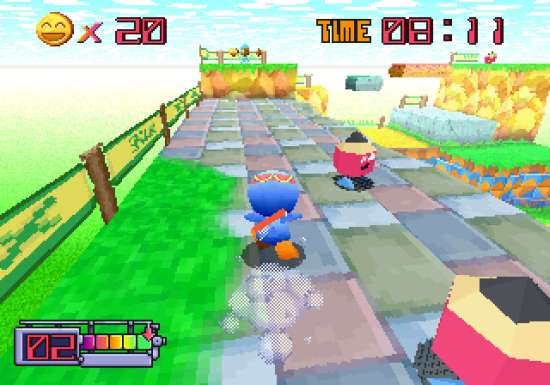
If you can stand it, then good – there’s a lot to love here. The graphics are extremely pretty, with nice lighting and bold colour choices. The animation is fantastic too. Each enemy is full of character, and Ninpen himself looks adorable. His moveset is guaranteed to have you letting out an audible ‘awwwwwwwwww’.
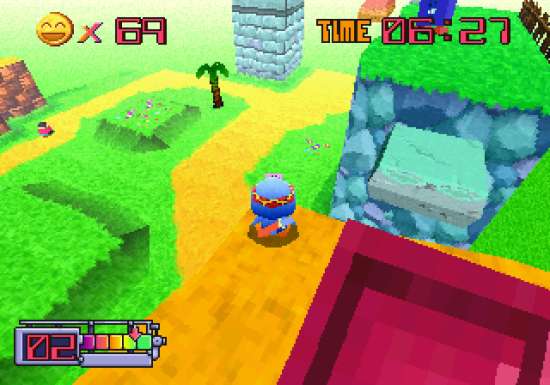
I really dig the music here too. Completely twee, but in the best way possible. And it’s all being produced by the Saturn itself! The instrumentation is fantastic, and I love quality of the samples used in Ninpen. Being chip-based, it’s a bit of a shame that you can’t just throw the CD into your favourite ripping software and grab the music that way. I adore what’s here, and I’d love to throw it onto my phone, but yeah, no dice, sadly.
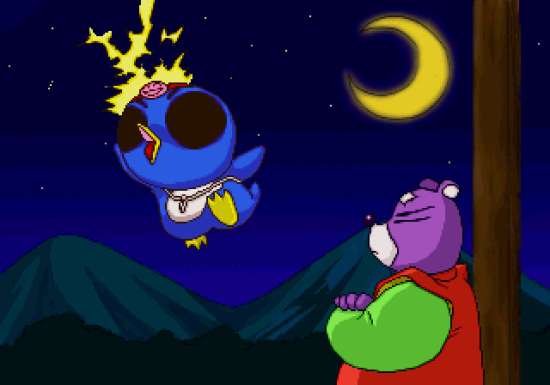
Should you stumble upon a copy of Ninpen Manmaru for cheap, then go for it. But don’t go paying what people are asking for it – it’s not that great. Worth a play, for sure, but only if the price is right.
HYPER REVERTHION // STEELDOM
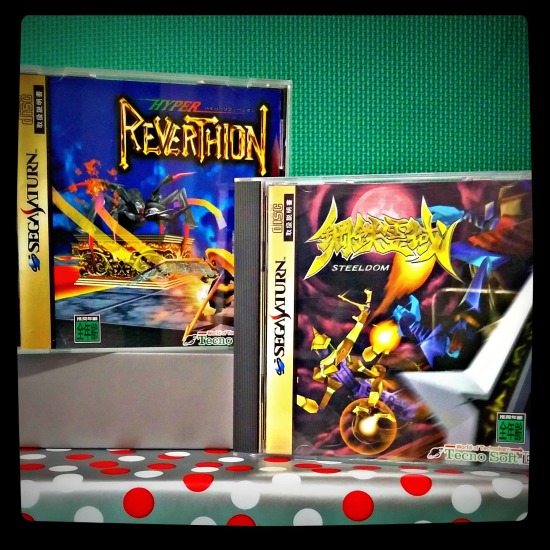
Hyper Reverthion and its sequel Steeldom are a couple of games I really love, but both are flawed and have major issues. It’s Virtual On without the depth. You’ll know whether you want these games or not in about 3… 2…. 1.
Hyper Reverthion and Steeldom are arena battlers. You pick a pilot, who comes with their own unique insect-like mech, and you battle it out against either the AI or a friend.
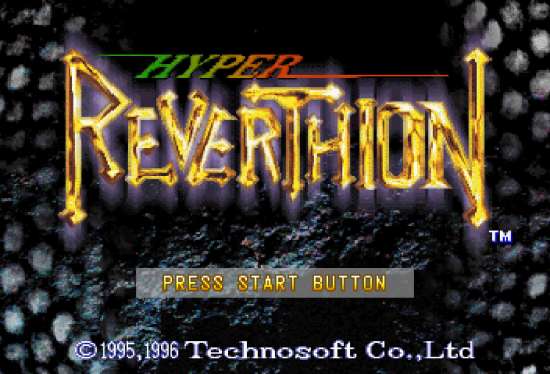
Both games are quite similar. We’ll start with Hyper Reverthion, since it’s the first game in the series.
This one has mechs that look more like insects, and the controls are a little more basic than in Steeldom. Again, we’re talking full on tank controls here, but this time, they’re not so good – calling them clunky is probably selling it a bit short. You can remap them to your liking, kind of, but even so, they’re not what I’d consider intuitive at all. Learning the ropes in Hyper Reverthion is pure work.
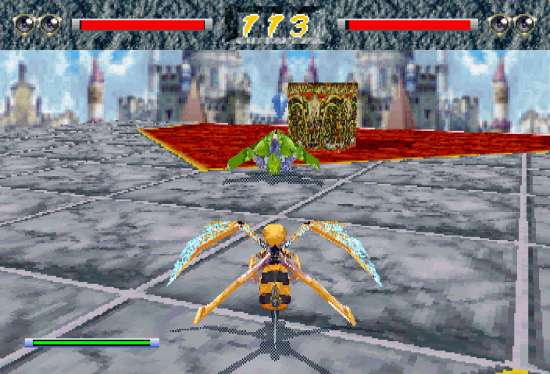
Once you’re in an arena, there’s not much to do apart from spam attacks. There are special moves you can pull off while battling away, but these are of the fighting game variety. With controls this obtuse, it’s probably for the best if you set the control method to the ‘easy’ setting – you’ll get one-button specials, much like Virtual On.
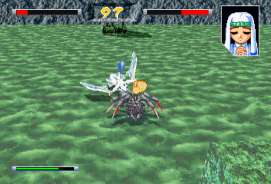
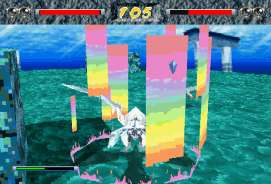
There is multi-player here, and with the right person, you’re in for a bunch of awkward fun. Still, it’s very basic stuff, and I can’t whole-heartedly recommend it to everybody.
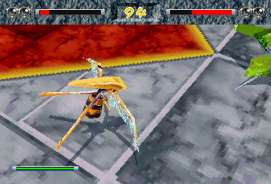
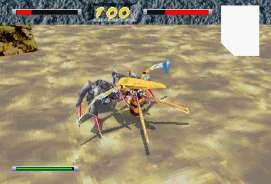
Steeldom is much the same.
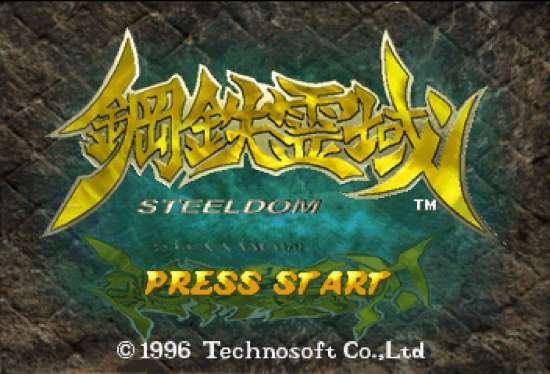
The game sees a boost in the visual department, with more detail in the stages and characters. And this time around, the mechs look more like knights than insects. Controls are also slightly different, and there is a handy lock-on button in Steeldom that mostly works, but still it’s not worlds apart from Hyper Reverthion. Specials are much easier to pull off in Steeldom.
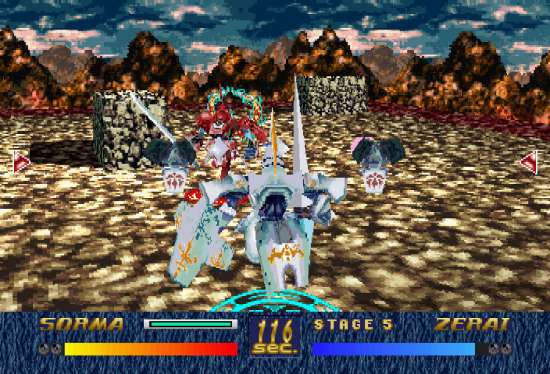
It’s not all doom and gloom, though. There are a few things these games do very, very well.
Being Technosoft games, you’d be forgiven for out-right expecting a killer soundtrack. And I’m pleased as punch to report that is indeed the case. It’s all in Redbook too, so you can rip it to your PC!
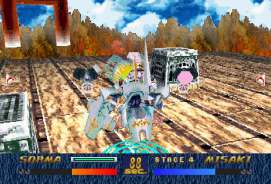
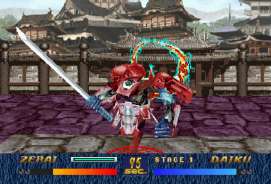
Both games also run at 60fps, so while they might not look all that amazing in stills, they’re aiiiight in motion, and at least run well.
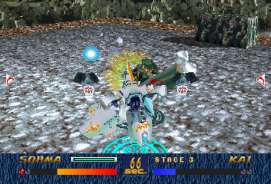
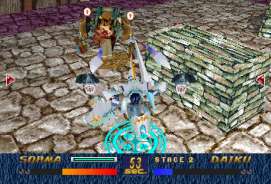
I won’t lie – these are a tough sell, and as such I can only really recommend them to the Saturn die-hard. There’s no real depth to latch onto, and the amount of jank you have to wade through is pretty preposterous. Still, if you approach it with the right frame of mind, and have a buddy who’s in for some laughs, then both Hyper Revertion and Steeldom can be surprisingly good fun.
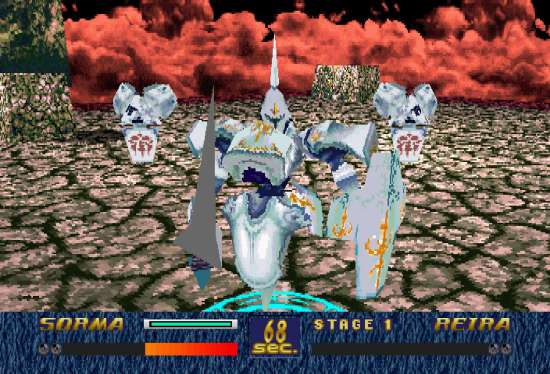
峠 KING THE SPIRITS
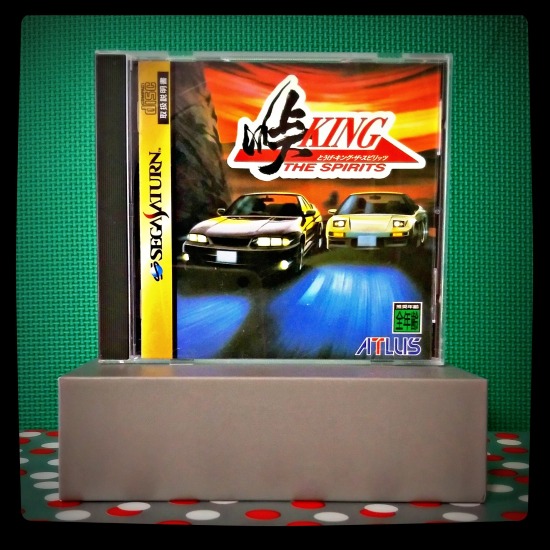
I remember the import reviews for this back in all the old SEGA Saturn magazines – Touge King: The Spirit was ripped a new one.
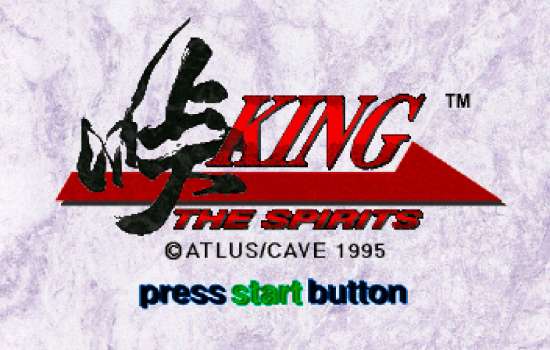
Quite unfairly, too. It’s far from being the disaster that many proclaimed it to be…
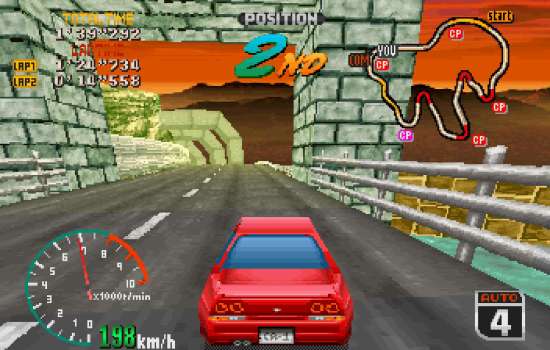
….buuuuuuuut unfortunately, I can see why those all those initial impressions were so unfavourable. The controls in this game take a while to tame, and it’s definitely not as intuitive as its peers. Drifting isn’t as easy or immediately satisfying as something like Ridge Racer – its closest point of comparison. Give it a bit of time, and the game blossoms. It’ll never be one of the Saturn’s finest, but it plays a good game.
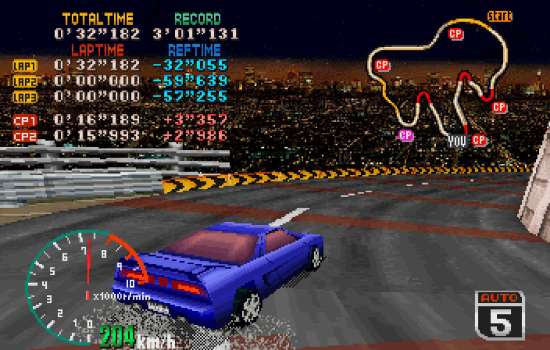
Once you’ve got the basics down, there’s a lot of racing fun to be had. The Career mode has a great number of races, and it can get fairly challenging.
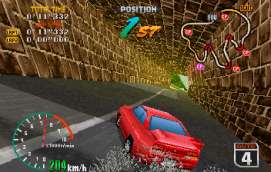
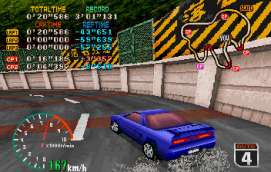
Visually, it’s damned good too. The game is awash with colour, and each course has a variety of colour palettes, depending on whether you’re racing at night, dusk or in broad daylight. The car models are cute as all hell, and have that chunky Saturn thing going on. Textures are clean, and frame-rate is consistent. Not smooth – we’re looking at roughly the 20fps of other Saturn games like WipEout here, but it’s consistent.
There’s even anamorphic wide-screen if you need it. Pretty neat!
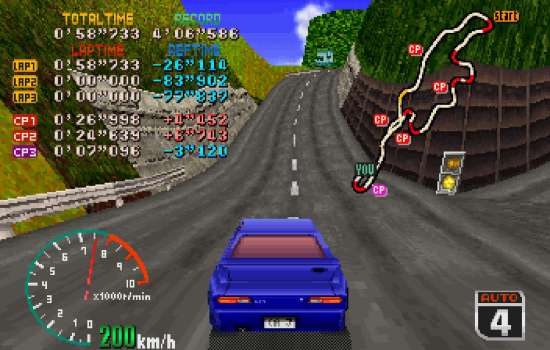
A sequel to Touge King: The Spirit was also released in Japan, and if nothing else, it was gorgeous. The visuals got a nice upgrade, as did the frame-rates. All for nought in the end though, as the controls are way worse.
Stick with the original if you’re curious.
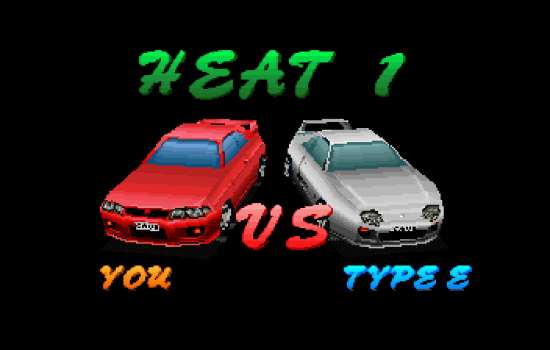
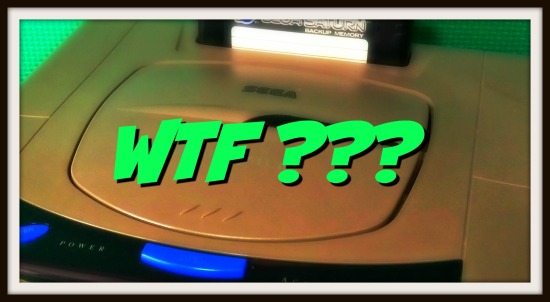
DIGITAL DANCE MIX VOL.1
NAMIE AMURO
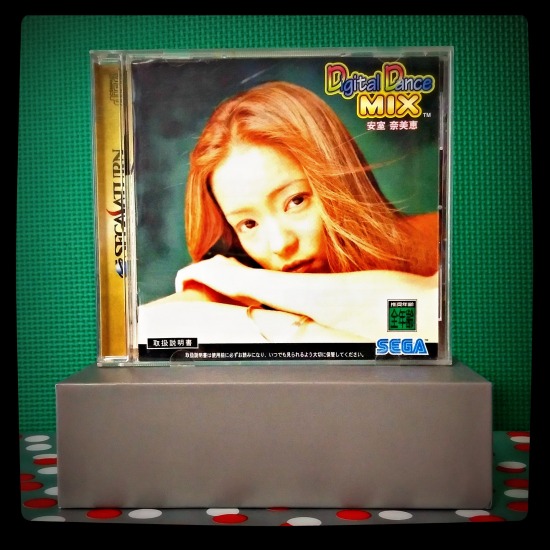
This one isn’t a game, as such. It’s an interactive jukebox with some very, very basic mini-games tacked on.
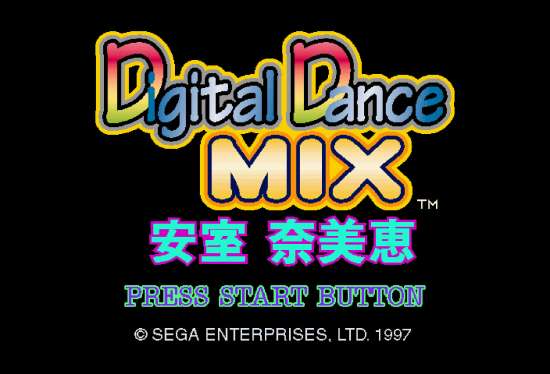
Word on the street is that Digital Dance Mix Vol. 1 was developed both out of necessity and love. The necessity part had to do with the planned – and totally mysterious – SEGA Saturn port of Virtua Fighter 3 . This was Yu Suzuki and AM2 doing some graphics stuffs that might have just transferred over to Virtua Fighter 3. The love bit is just a little bit adorable, and stems from Yu Suzuki’s passion for Namie Amuro and her music.


A love that I totally shared as a kid. Apart from the odd Anime tune, Namie Amuro was pretty much my introduction to J-Pop. Body Feels Exit is a straight-up classic in my books. Stop The Music is another one, as is Good Night.
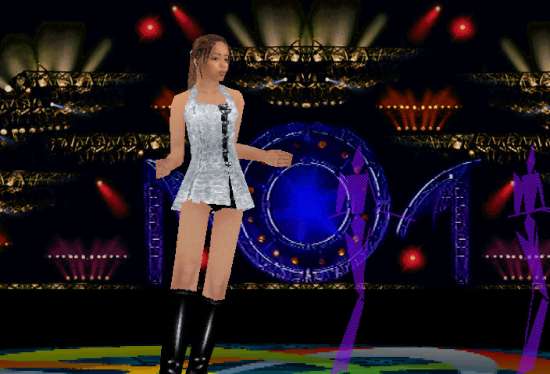
It’s a shame then, that none of my absolute favourite tracks are represented here. Chase The Chance and You’re My Sunshine are cool and all, but they’re no Can You Celebrate or A Walk In The Park.
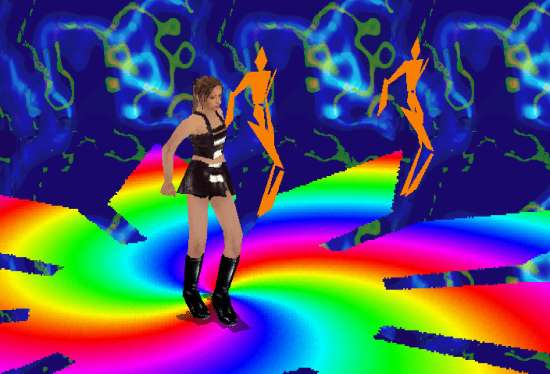
There are a couple of realtime 3D performances you can watch – just pick the song, outfit and stage, and it all plays out in front of you. You do have some control over the way things look, for instance you can set off lighting, play with the camera and change Namie’s outfits on the fly. And it looks great – really impressive stuff! Digital Dance Mix Vol.1 runs in the Saturn’s high-res mode, at 60fps with killer effects going off all over the place. It’s pretty, for sure, but as an experience, it’s totally one-note.
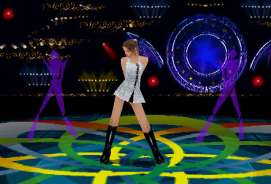

The mini-games are a mite more interactive, but pose almost no challenge – you’ll tire of them quickly, no doubt. I have to say, the one with the maze is kinda neat for fans! You’re a monkey, and you have to navigate your way to Namie, who is somewhere within each one. All rather random, you may think, but the reference runs deep – it’s actually a clever little call back to her time with the Supermonkeys.
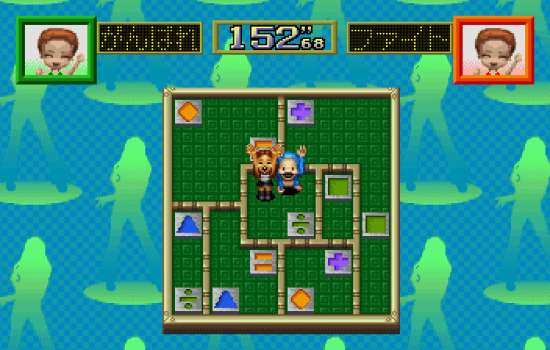
Digital Dance Mix Vol.1 is a neat curio for those with a penchant for Namie, J-pop or both. Also, there’s a Virtua Fighter Kids version of Namie in the game. How adorable is that?
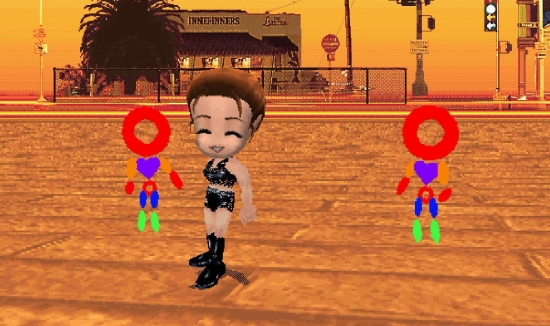
I’m totally not listening to Try Me right now…
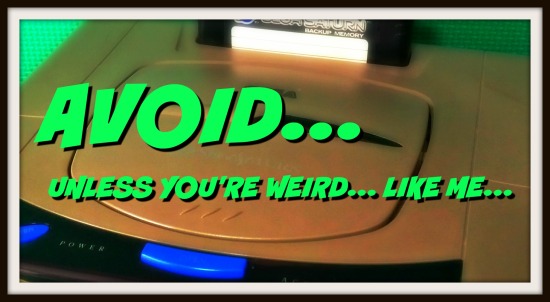
INITIAL D
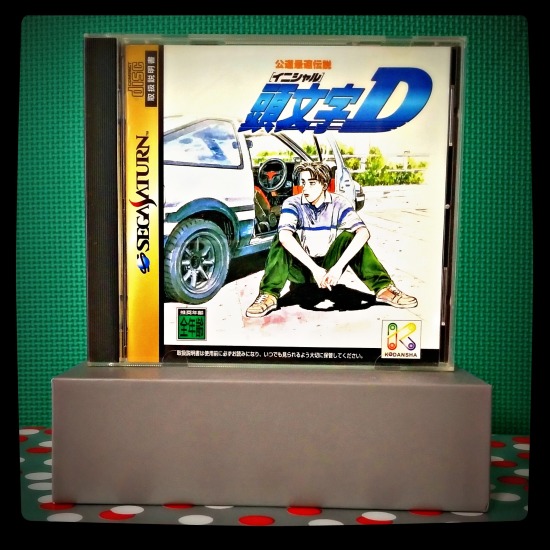
Where to even start with Initial D?
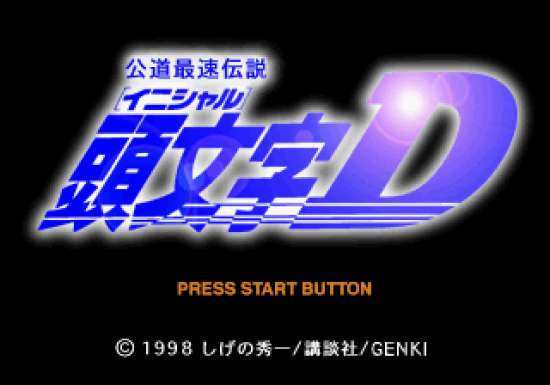
I was really hoping that this would turn out to be a hidden gem. If you’re anything like me, then whenever this logo pops up, you get fired the fuck up…
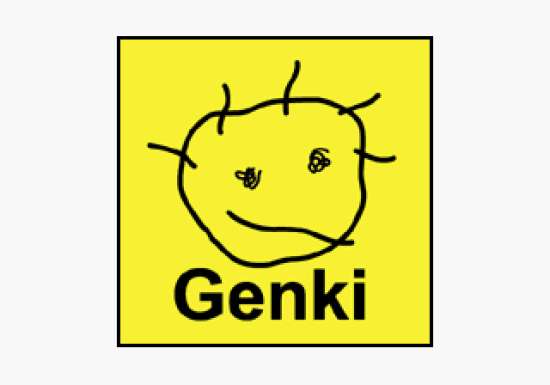
Damned straight! I can see you nodding your head in agreement from here.
I love all of Genki’s racing efforts, and they killed it in the Dreamcast and Saturn era, maybe making a slight concession for the average Daytona USA 2001. Wangan Dead Heat Real Arrange and Drift King 97 are brilliant arcade games that run a very particular brand of 32-bit racing. I really can’t stress enough how much I enjoy those games.
And so the stage was set. INITIAL D BY GENKI! How awesome did that mix sound? I boot up the game, and no sooner had I started the first race, my dreams were shattered into a million tiny D-shaped pieces.
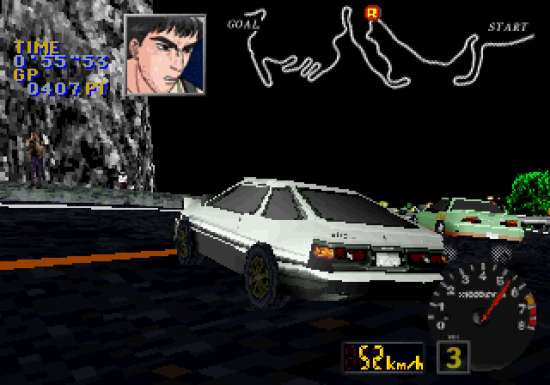
Initial D is the text-book definition of a pay-check kind of game.
The controls are dreadful. The AI is brain-dead. All the tracks look exactly the same. There’s almost zero production value on display anywhere. And worst of all, THERE’S NO GODDAMNED EUROBEAT.
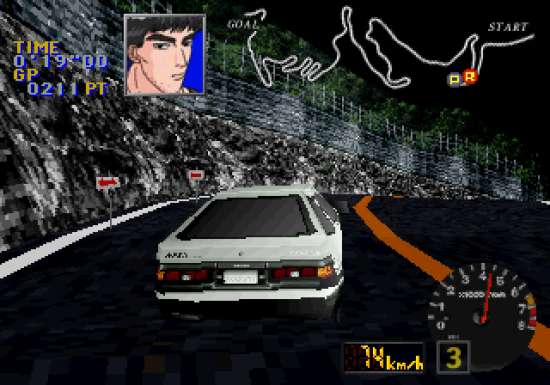
Inital D is a terrible, terrible game with no redeeming features at all.
Then why do I still kinda like it?
Maybe it’s down to my brain filling in all of it’s many deficiencies with pure imagination.
Mute the music, put on some Eurobeat. OK, we’re part way there.
Ignore the ridiculous ‘Drift’ button and just stick to Acceleration and Brakes. Yeah, that kinda-sorta works.
Ummm…
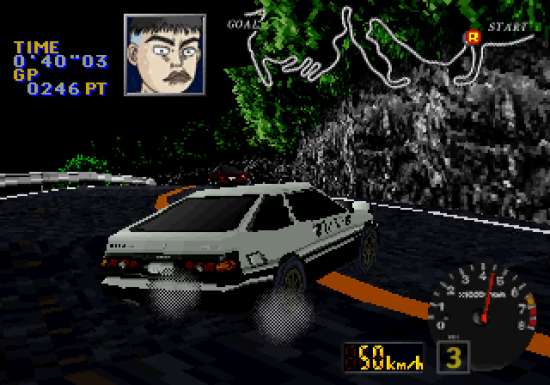
I’ll pull Initial D off the shelf every now and then, and I’ll enjoy it.
It’s a bit shit. Fuck this game. I like it.
The best thing about Initial D is the art on the loading screens, which is super convenient, because you’ll be seeing a lot of them.
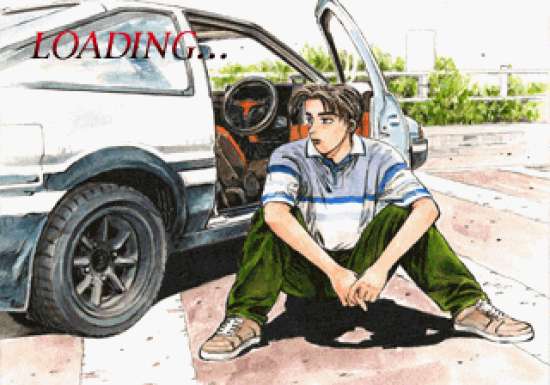
Buy this game.
Don’t buy this game.
FIST
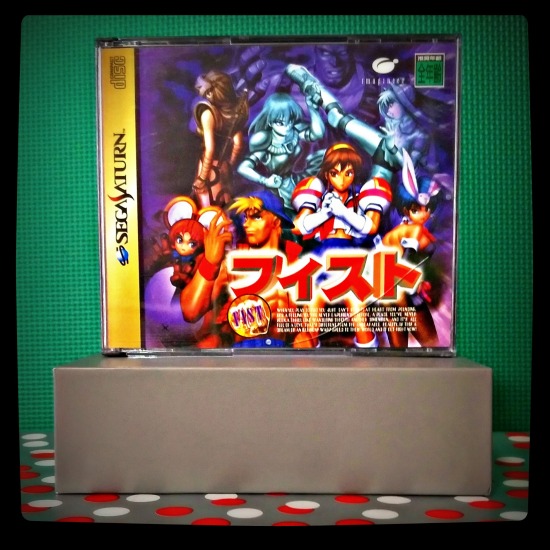
I’ll be honest, I bought FIST almost purely for the Redbook audio music. Because one track sounded an awful lot like Body Feels Exit.
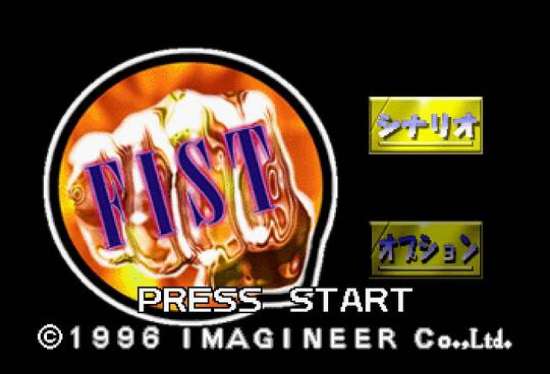
HERE’S A HANDY COMPARISON I THREW TOGETHER LIKE IT’S NO BIG THING. Body Feels Exit first, then FIST. Then Body Feels Exit, then FIST.
Cop that!
Fist is a woeful attempt at a fighting game. Each character has only a handful of moves, the controls aren’t very nice and it looks like trash. But the music is killer cut-price J-POP, and for that, it was totally worth the $5 I spent on it.
Also, it runs at 60fps, but it’d bloody want to:
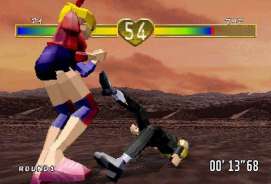
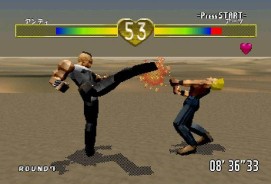
Even the Sega Saturn Emulator SSF doesn’t like this game. I couldn’t get it to run at all, so I wasn’t able to grab all the images myself, like I have with all the other games on this list.
Resorting to pilfering these screengrabs from The IsoZone – PRICELESS.
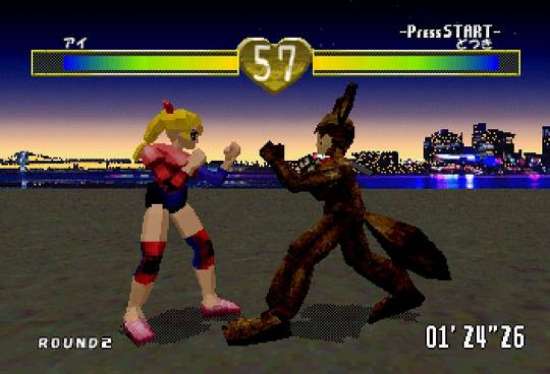
I’d hook my Framemeister up, but that’s more than FIST deserves.
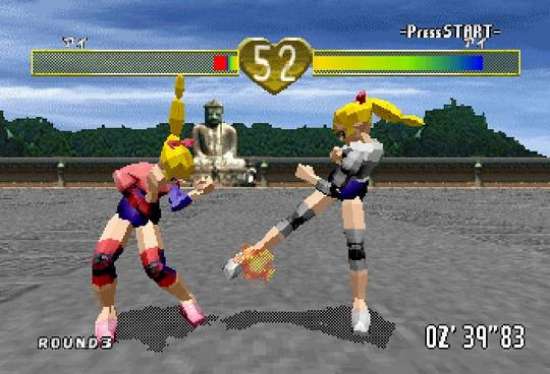
If any effort was put into FIST at all, then it’s mighty hard to see where.
Grab the game, it’s a total blast.
I hope you enjoyed this look at some of the more obscure titles I’ve got in my Saturn collection.
I do have many, many more, so if you liked this little peek into my world, then make sure to comment and tell me just how much.
I’d love to do more of these.
Also, if you’ve got any recommendations for me, then make sure to leave them in the comments below!
Tags: 32-bit, AM2, Blog, Blogging, cars, Digital Dance Mix Vol.1, drifting, driving, Eurobeat, FIST, Gale Racer, Games, gaming, Genki, Hyper Reverthion, Initial D, J-Pop, japanese imports, japanese pop, King the spirits, lists, Namie Amuro, Ninpen Manmaru, racing, Retro, retro collecting, retro collectors, Savaki, SEGA, SEGA Saturn, Steeldom, super scaler, Takumi, tech, Technosoft, Touge King: The Spirit, Video Games, Yu Suzuki, 峠 KING THE SPIRITS
